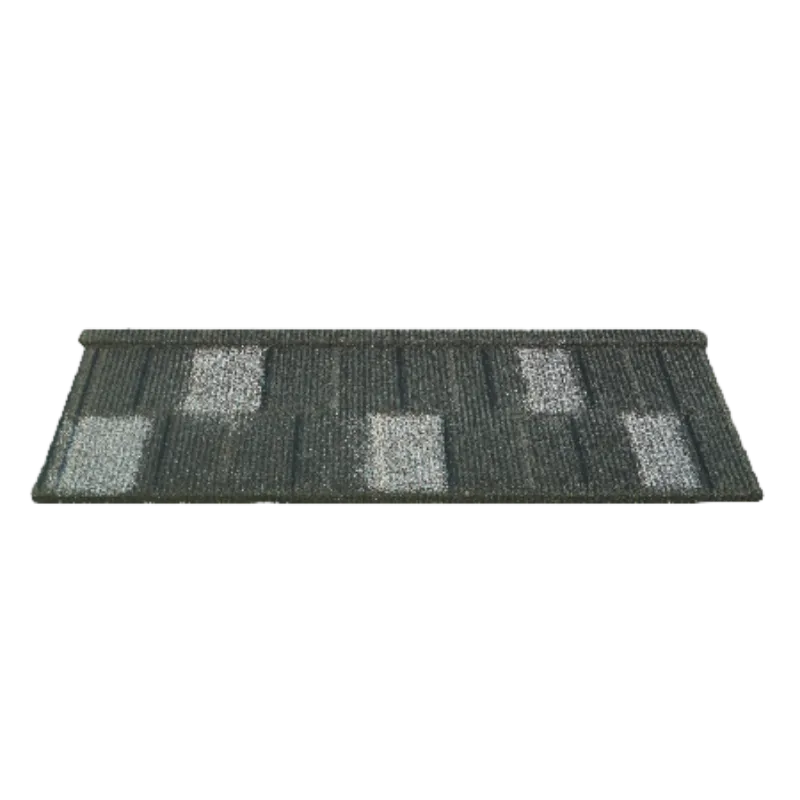
Oct . 16, 2024 06:03 Back to list
roof shingle tar
The Importance of Roof Shingle Tar in Roofing Applications
When it comes to roofing materials, few things are as critical as the quality and type of shingles used. Among the various components involved in roofing, roof shingle tar plays a pivotal role in ensuring durability, effectiveness, and overall performance. Understanding this essential material can significantly influence your roofing decisions.
What is Roof Shingle Tar?
Roof shingle tar is a type of adhesive substance used mainly in the installation of asphalt shingles. It is primarily made from asphalt, a byproduct of petroleum refining, and has been used for decades in roofing applications due to its weather-resistant properties and durability. This tar can come in various forms, including sealants and adhesives, which allow shingles to properly bond to one another and to the underlying roof structure.
The Role of Tar in Roofing
The primary function of roof shingle tar is to create a watertight seal. This is crucial, as roofs are constantly exposed to various weather conditions, including rain, snow, wind, and UV light. A good seal prevents water infiltration, which can lead to mold growth, structural damage, and costly repairs. When shingles are adhered using tar, they form a cohesive barrier that helps to protect the underlying materials of a roof.
Another important quality of roof shingle tar is its flexibility. Unlike rigid adhesives, tar can expand and contract with temperature changes. This flexibility prevents cracking and peeling when the roof heats or cools, significantly prolonging the life of the shingles.
roof shingle tar

Application Methods
Applying roof shingle tar requires careful consideration and expertise. Roofers typically use a caulking gun to apply the tar in strategic locations, such as the overlaps of shingles and around chimneys or vents. For large areas, it may be heated to ensure better flow and bonding. It is essential to follow manufacturer guidelines when using tar to ensure optimal adhesion and longevity.
Before application, it’s vital to prepare the surface correctly. The roof must be clean, dry, and free of any debris to ensure that the tar bonds effectively. Any existing roofing materials that may interfere with adhesion should be removed or repaired before applying the new layers of tar and shingles.
Choosing the Right Type of Tar
Not all roof shingle tar is created equal. Factors such as climate, roof pitch, and the specific type of shingles used can all influence which product is best suited for a particular roofing project. For instance, in areas with high UV exposure, UV-resistant tar products are recommended. Additionally, there are environmentally friendly options that utilize natural materials.
Conclusion
In summary, roof shingle tar is an indispensable component in the world of roofing. It provides necessary adhesion and forms a barrier against water infiltration, thus protecting homes and buildings from the elements. Whether you are a homeowner considering a roofing project or a professional roofer, understanding the significance of roof shingle tar can help ensure that your roofing system remains strong, resilient, and efficient for many years to come. By investing in high-quality materials and proper application techniques, you can enhance the longevity and effectiveness of your roof, safeguarding one of your most valuable assets.
-
Stone Coated Metal Roof Tile-Roman Tile for Durable Elegant Roofing
NewsJul.24,2025
-
Stone Coated Metal Roof Tile-Nosen Tile: Durable & Stylish Roofing
NewsJul.23,2025
-
Durable Tiles Made of Clay for Modern Cladding Solutions
NewsJul.22,2025
-
Stone Coated Roman Tile Metal Roofing - Durable & Elegant
NewsJul.22,2025
-
Premium Roofing Granules for Sale - High Durability & Cost-Saving
NewsJul.21,2025
-
Durable Laminated Shingles for Weather-Resistant Roofing
NewsJul.21,2025







